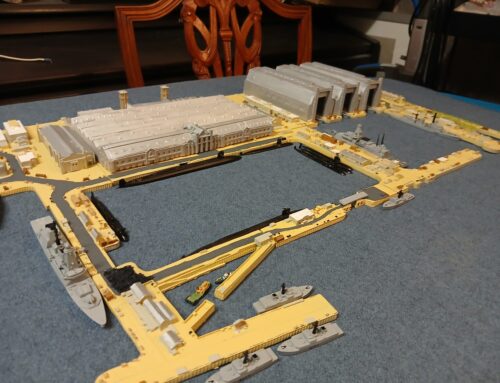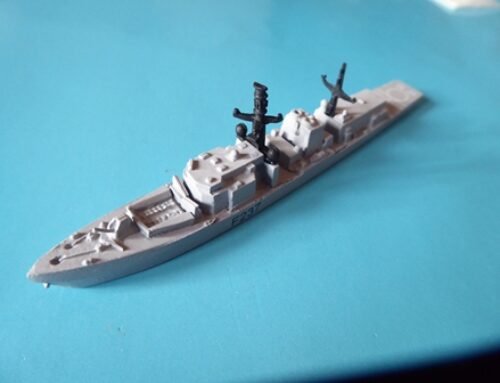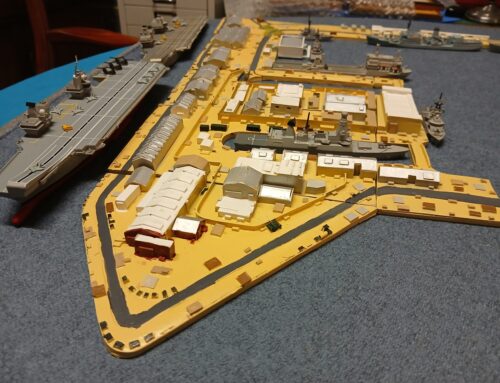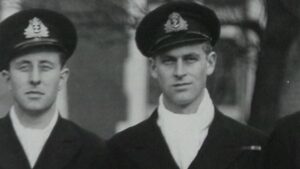 The Duke of Edinburgh was an 18-month-old exile when he had his first brush with the Royal Navy. In 1922, he was carried on board a British warship in a makeshift cot fashioned from an orange crate, after the Greek military government had banished his family.
The Duke of Edinburgh was an 18-month-old exile when he had his first brush with the Royal Navy. In 1922, he was carried on board a British warship in a makeshift cot fashioned from an orange crate, after the Greek military government had banished his family.
He took the usual path of an aspiring naval officer via Britannia Royal Naval College, Dartmouth, as a cadet and being commissioned as a midshipman, in January 1940. He excelled at Dartmouth, winning prizes for being the best cadet of his intake.
In January 1940, he was posted to the battleship HMS Ramillies, escorting Australian troop convoys in the Indian Ocean. Then, after spells on HMS Kent and HMS Shropshire, Philip transferred to the battleship HMS Valiant. With Greece having entered the War on the Allied side, it was decided he could now serve in the Mediterranean. He was in the Battle of Crete and mentioned in dispatches for his skill controlling the Valiant’s searchlights during the Battle of Cape Matapan. On his return to the UK on RMS Empress of Russia the troopship found itself without stokers. So Philip went down to the boiler room and shovelled coal for so long that his blistered hands could not hold a fork. He then joined the destroyer HMS Wallace, on convoy duty in the North Sea. At 21, he was again promoted, to second-in-command of the Wallace, making him one of the youngest first lieutenants in the Royal Navy. In 1943, Wallace was part of the Allied invasion of Sicily. Dive bombers damaged the Wallace in a night-time attack and the crew feared the enemy would return in greater numbers and finish them off. So Philip proposed launching a makeshift raft, equipped with smoke floats, which in the darkness fooled the aircraft into thinking this was the damaged destroyer. “Philip saved our lives that night,” said one of the Wallace’s crew, Harry Hargreaves. “He was always very courageous and resourceful, and thought very quickly.”
In 1945, he was transferred to the destroyer HMS Whelp, supporting air raids on Japanese shore installations and involved in the rescue of air crew shot down. In 1947, the War finally over, he married Princess Elizabeth. In 1950, after promotion to lieutenant commander, he finally took command of his own ship, the frigate HMS Magpie.
His love of ships and the sea were a constant source of fascination to him. “The environment is completely different to anything you’ll find on land,” he once said. “You’re at sea and exposed to the elements in a way you never are ashore.”At sea you’re in a cockleshell in this enormous expanse of the ocean. “So that tends to cut you down in size a bit.”
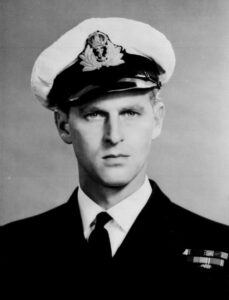
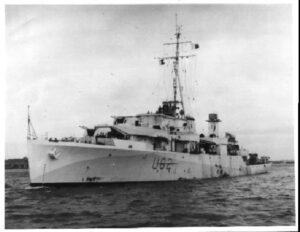
Sources used the BBC, IWM and PA Media. A tribute to a Naval Officer from CN Collectables.


